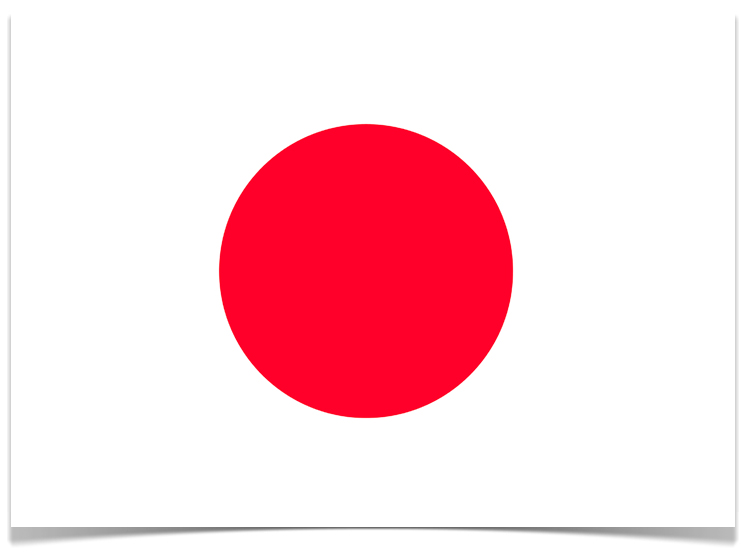


From 1984 to 1987, I lived and did research along the Ucayali River in the Peruvian Amazon. One of my study species was a small riparian shrub, Myrciaria dubia HBK McVaugh, known locally as "camu-camu". The fruits of camu-camu have the highest concentration of Vitamin C of any fruit in the world. Oranges have 30 mg of ascorbic acid/100 g of pulp, rose hips have about 100 mg, and camu-camu, in a class by itself, has 3,100 mg of ascorbic acid/100 g of pulp. The species grows in extremely dense stands along the banks of ox-bow lakes. I ate a lot of camu-camu fruit while I was studying the ecology of this species. It made blisters on my lips...but I never got a cold.
[NOTES: The second image shows a fruit collector in Supay cocha near my study site in Peru. This picture was on the front page of the Washington Post (below the fold) on June 29, 1989. All images were scanned from slides.]
[MORE NOTES (added to re-post): There is a Wikipedia entry about Myrciaria dubia here. Not sure I agree with all of the information presented, and I am curious why there is no photo of the fruit. Or why none of my published work on the species is referenced. Sigh.]
 Wednesday, March 16, 2011 at 11:06AM
Wednesday, March 16, 2011 at 11:06AM 















